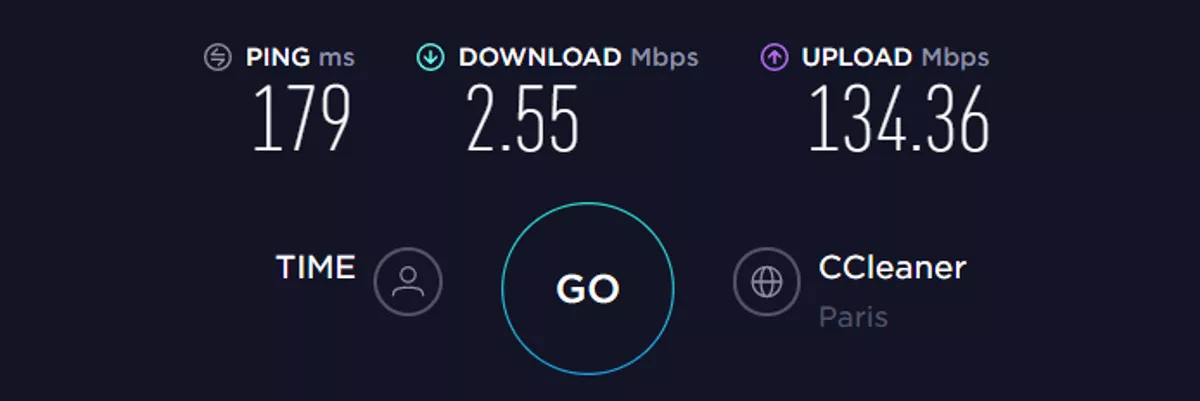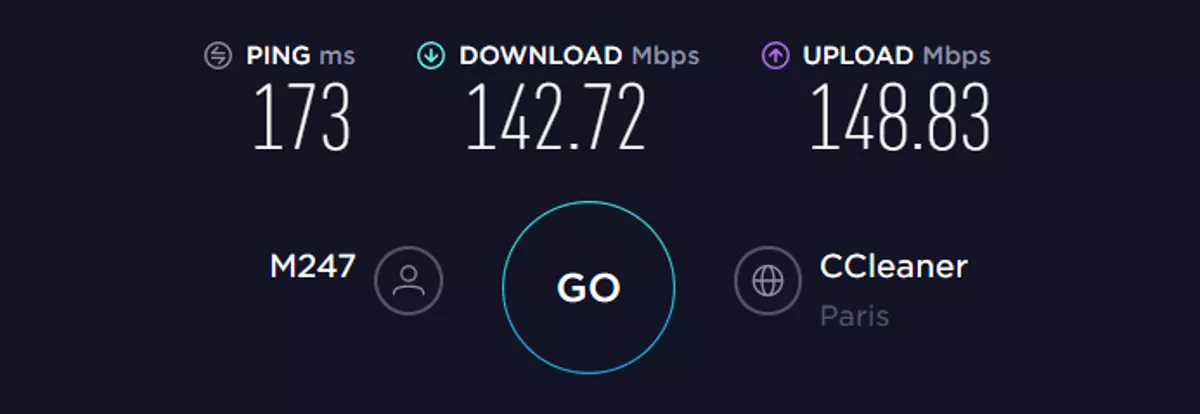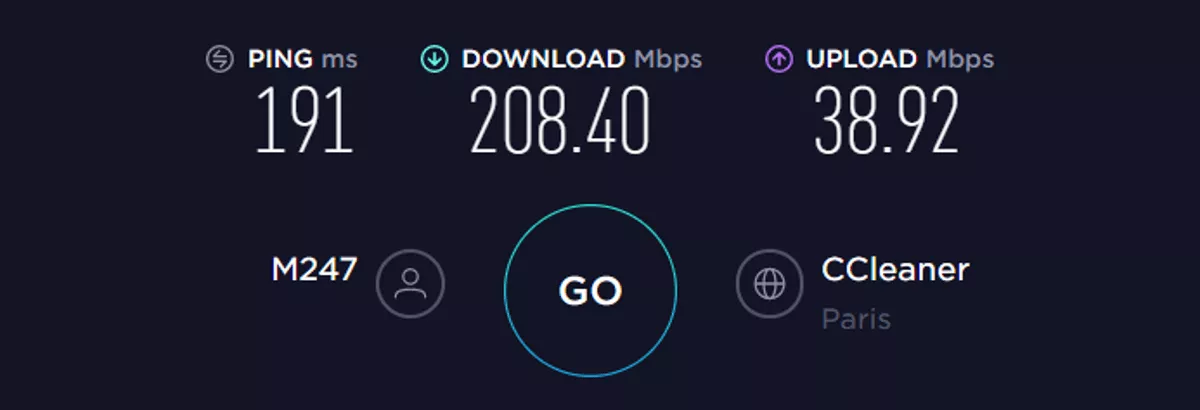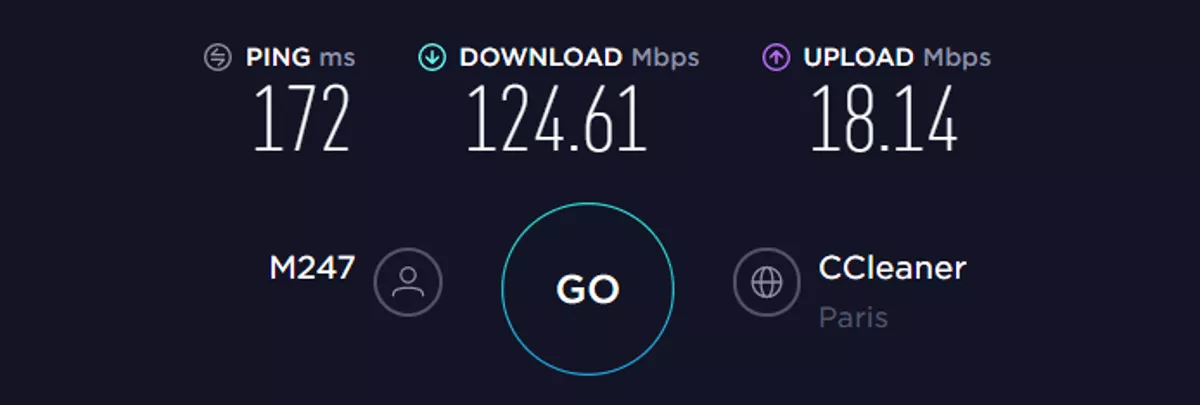The best way to know if your internet connection is being throttled is to run 2 speed tests: a regular speed test, and then another test using a VPN. If your connection is much faster when the VPN is on, it’s likely that you are being throttled.
With so many of us working from home offices these days, a snail-paced internet isn’t fun.
Today, we’ll have a look over what data throttling is, why it happens, and how to check if you are being throttled by your Internet Service Provider (ISP).
Whilst it’s nice to think of the internet as unlimited, bandwidth is a finite resource.
Most ISPs have a policy of “throttling” heavy internet users if they exceed their allotted amount of data.
Throttling means they purposely slow down a user’s data transmission. You’ll feel it as a noticeably slower internet connection.

Y’know – when Slack messages won’t send, and file sharing makes you want to tear your hair out. Don’t get us started on Zoom calls…
It can be frustrating to see your internet at snail speeds with no explanation.
Your ISP might choose to throttle your bandwidth for a few reasons:
Since the start of the COVID-19 pandemic, ISPs worldwide have been struggling to cope with much higher-than-usual bandwidth demands.
They were configured to expect staggered activity times split between home use and office use.
COVID-19 has forced much of the global workforce to work from home. The result? A lot more data throttling. By restricting you to certain speeds, ISPs can free up bandwidth for other users sharing the same signal tower.
Similarly, you’re more likely to be throttled during peak periods. It’s pretty common for internet speeds to drop during times of day when more people are using the internet – for example in the evenings after work hours.
As we mentioned, most people do have data limits on their internet. If you exceed your allocated limit, your ISP may need to throttle your connection speed in order to provide high speeds to other customers.
Out of all the reasons you might be throttled, this is the worst!
Sometimes, ISPs may throttle specific websites or services like Netflix or Hulu. This could be because these services take up a lot of bandwidth. But, it can also be because they want these services to pay extra coin for faster load times.
If it sounds dodgy, that’s because it is – paid prioritisation was illegal up until 2018 before net neutrality was repealed.
Since some ISPs throttle you based on what content you are accessing, the best way to know if you’re being throttled is to use a VPN.
A VPN will help mask your IP address and online activities and thus force your ISP to treat all your content equally. By running a speed test with your VPN on, you’ll then be able to measure your true internet speeds.
To test if you’re being throttled, just carry out these 4 steps.
If you notice that your internet speed is significantly faster when the VPN is on, there’s a good chance that you are being throttled.
As well as revealing if you are being throttled, a good VPN can also help you to bypass data throttling.
To illustrate its effectiveness, I ran a few different VPN brands (including some of our favourites) during the period when I noted my bandwidth being throttled. Here are the results:
First, as a baseline gauge, my ISP-advertised bandwidth is 500Mbps both up and down. Here’s how speeds may look if I was connected to a server in France, and my connection was being throttled.

Now, let’s have a look at how these speeds change when I activate various VPNs. Here are the results:




As you can see, using a VPN clearly helped me skip over the bandwidth restrictions. It worked with each of these major VPN service providers which I tested at the time. While not exactly the same speeds as I normally get, it is still much improved over the 2.5 Mbps observed without a VPN active.
The reason for this is ISPs normally throttle bandwidth selectively. Think of bandwidth as a highway where there are various lanes for traffic. On the Internet highway, there are generally two lanes – fast and slow. Based on their sorting methods, ISPs generally can put your traffic into either of these lanes.
VPNs work by creating communications tunnels from your device directly to their servers. Any data you send along these tunnels is also highly encrypted. Because of these things, ISPs won’t know what kind of data you are sending and receiving.
Bear in mind though that it won’t always work this way.
As you can see, if an ISP can’t tell what kind of data it is working with, sorting normally puts you in the fast lane.
However, there are caveats when even a VPN won’t work. If you’re being throttled because you exceeded your data cap, a VPN isn’t going to change this.
If a VPN doesn’t improve your speeds, try doing the following:
Maybe the tests have shown you’re not being throttled. But your internet is still slow – now what?
Here are some tips to try and speed up your connection:
That’s just the start – we’ve written an in-depth article here with 16 ways to speed up your internet connection.
If after all that you’re still experiencing slow internet, there’s a good chance you’re being throttled.
Unfortunately, internet throttling IS legal in most cases.
In the past, US courts ruled that companies couldn’t use ‘internet fast lanes’ to prioritise certain streams of data. But since the repeal of net neutrality in 2018, there are no longer many legal protections against selective throttling.
These days, ISPs are generally supposed to inform customers when they throttle connections due to exceeding their data cap.
In regards to prioritizing content and charging for priority connections – there aren’t many rules.
Thankfully, public outrage has generally helped to keep many ISPs from going overboard. Power to the peeps!
If you’ve ever wondered ‘am I being throttled?’, there’s a good chance of the answer being ‘yes’ since COVID-19 began.
With luck, ISPs will eventually normalize their operations. But, it’s realistic to assume that data throttling may continue for a while longer.
I highly recommend that you try using a VPN to work around bandwidth restrictions. That way, you’ll be able to work with peace of mind from anywhere you choose.
Daren Low is the founder of Bitcatcha.com. With over a decade’s experience in website development and internet marketing, Daren is a top authority on anything to do with building and managing an online business. Pick his brain today by connecting via Linkedin and Twitter.